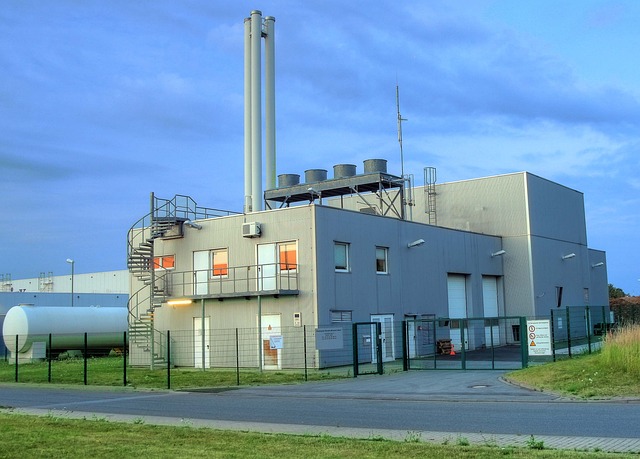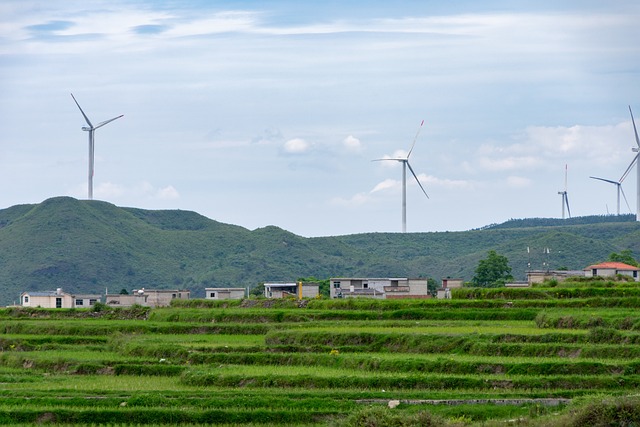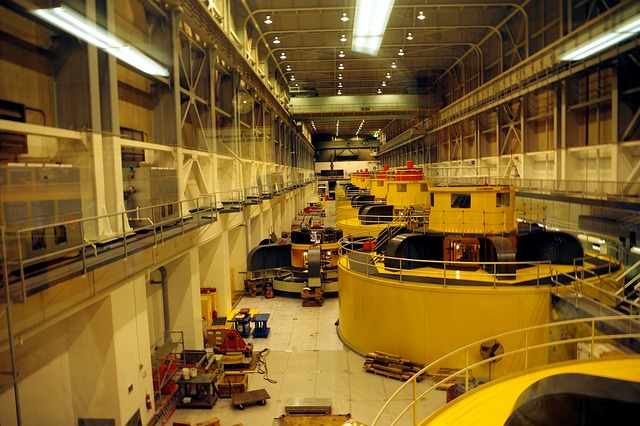Green Gold: Unlocking the Potential of Sustainable Energy Investments
As the world grapples with the undeniable effects of climate change and resource depletion, the call for sustainable energy has never been more urgent. The transition from fossil fuels to renewable energy sources is not only a moral imperative but also a burgeoning economic opportunity, often referred to as ‘green gold’. This article explores the various facets of sustainable energy investments, from the underlying technologies to the barriers faced, and the immense potential that lies ahead.
The Rise of Sustainable Energy
Over the past few decades, renewable energy has made significant strides in capturing a larger share of the global energy pie. Technologies such as solar, wind, hydro, and geothermal have evolved dramatically, becoming more efficient and increasingly accessible. According to the International Renewable Energy Agency (IRENA), renewable energy accounted for 82% of the global power capacity added in 2020, showcasing its rapid integration into our energy systems.
Moreover, the global push for Net Zero emissions by 2050 has catalyzed governmental policies and investments aimed at reducing dependence on fossil fuels. As nations strive to meet their climate commitments, the investment landscape for sustainable energy has become incredibly favorable.
Understanding Sustainable Energy Investments
Sustainable energy investments encompass a variety of sectors and technologies, with each offering unique opportunities and challenges. Key areas of investment within sustainable energy include:
Solar Energy
Solar energy continues to lead the way among renewable sources. Its scalability ranges from residential rooftop installations to massive solar farms. With falling prices of photovoltaic panels and associated technologies, solar energy has become an economically viable option for many organizations and individuals. Furthermore, innovations in battery storage are mitigating the intermittency issues associated with solar generation, thus promoting wider adoption.
Wind Energy
Wind energy is another powerhouse in the renewables arena. Onshore and offshore wind farms around the globe have witnessed significant growth, driven by technological advancements that have led to larger and more efficient turbines. In addition, the decline in costs associated with wind power generation makes it one of the most competitive forms of energy today.
Hydropower
As one of the oldest forms of renewable energy, hydropower generates energy by harnessing the flow of water through turbines. While traditional hydropower projects can be environmentally contentious, innovations in small-scale and run-of-the-river hydropower systems provide opportunities for more sustainable solutions.
Geothermal Energy
Geothermal energy taps into the Earth’s internal heat for electricity generation and heating. Although its adoption is more geographically limited compared to solar and wind, it presents a reliable and constant source of energy, making it an attractive option in specific regions.
Bioenergy
Bioenergy is generated from organic materials, encompassing a vast range of resources from agricultural waste to dedicated energy crops. Bioenergy can be converted into biogas, biofuels, and bioelectricity, all of which contribute to the decarbonization of various sectors.
The Economic Incentives for Sustainable Energy Investment
Investing in sustainable energy is not merely an environmentally-based decision; it is also a financially sound one. Numerous economic incentives drive investments in the renewable energy sector:
Cost Competitiveness
Thanks to improved technology and economies of scale, the costs associated with renewable energy have plummeted. Solar and wind energy, for instance, have become cheaper than coal in various parts of the world. This trend significantly enhances the attractiveness of sustainable energy investments.
Government Incentives
Many governments around the world offer incentives for renewable energy investments, including tax credits, grants, and low-interest loans. These incentives lower the barrier to entry for investors and make sustainable energy projects more financially feasible.
Corporate Sustainability Goals
Corporations are increasingly integrating sustainability into their business models. Many companies are committing to 100% renewable energy usage or net-zero carbon emissions by specific target dates. These corporate goals often translate into significant investments in green technologies and renewable energy projects.
Public Demand for Clean Energy
There is a growing consumer demand for clean energy solutions, as individuals become more environmentally conscious. This public pressure fuels market opportunities and encourages both investors and companies to prioritize sustainability in their strategies.
Challenges in Sustainable Energy Investments
Despite the immense potential, sustainable energy investments are not without challenges. Key impediments include:
Infrastructure Constraints
Existing energy infrastructure is primarily designed for fossil fuel-based systems. Transitioning to renewable energy requires significant upgrades in grid systems, investment in storage technology, and the development of better transmission infrastructures.
Regulatory and Policy Barriers
Regulatory frameworks can vary substantially by country and region, creating uncertainty for investors. Inconsistent policies, lack of standardization, or changing regulations can stymie progress and deter potential investors.
Access to Capital
While investment interest in renewable energy is growing, there remains a gap in financing, especially for smaller enterprises. Many sustainable energy projects require substantial upfront investment, which can be a barrier for emerging companies and startups seeking to innovate in the space.
Innovative Funding Models
To overcome financing challenges, innovative funding models are emerging in the renewable energy landscape. Crowdfunding platforms, peer-to-peer lending, and green bonds are garnering attention as solutions that foster community engagement and democratize investment opportunities.
Green Bonds
Green bonds are debt instruments specifically earmarked for financing renewable energy projects. They provide opportunities for institutional and private investors to support sustainable initiatives while earning interest on their capital. The market for green bonds has grown significantly in recent years, demonstrating the increasing interest in responsible investing.
Community Solar Initiatives
Community solar projects allow multiple participants to invest in a single solar array, thereby reducing individual costs and increasing accessibility. This model encourages local communities to engage in the renewable energy transition and can make solar power attainable for those who cannot install panels on their own properties.
Public-Private Partnerships
Governments and private entities are increasingly working together to fund and implement sustainable energy projects. These partnerships can pool resources, reduce risks, and expedite the deployment of renewable technologies while meeting climate goals.
The Future of Sustainable Energy Investments
Looking ahead, the potential for sustainable energy investments appears limitless. Not only do they hold the promise of creating jobs and driving economic growth, but they also play a crucial role in mitigating climate change. As governments, corporations, and individuals shift their focus towards sustainable practices, the renewable energy sector will continue to expand.
Research and development will be vital in driving innovation, leading to more efficient technologies and groundbreaking solutions. The integration of artificial intelligence, smart grids, and energy management systems will further revolutionize the way we generate, store, and consume energy.
Conclusion
In conclusion, ‘green gold’ symbolizes the vast opportunities that lie in sustainable energy investments. As we move towards a sustainable future, there’s a profound need for convergence between environmental well-being and economic prosperity. By unlocking the potential of sustainable energy investments, we can pave the way toward a carbon-neutral future that benefits both our planet and our economic landscape. The time to act is now, and the momentum is building. Embracing this transition is an investment in our collective future, ensuring that generations to come inherit a healthier, more sustainable world.


